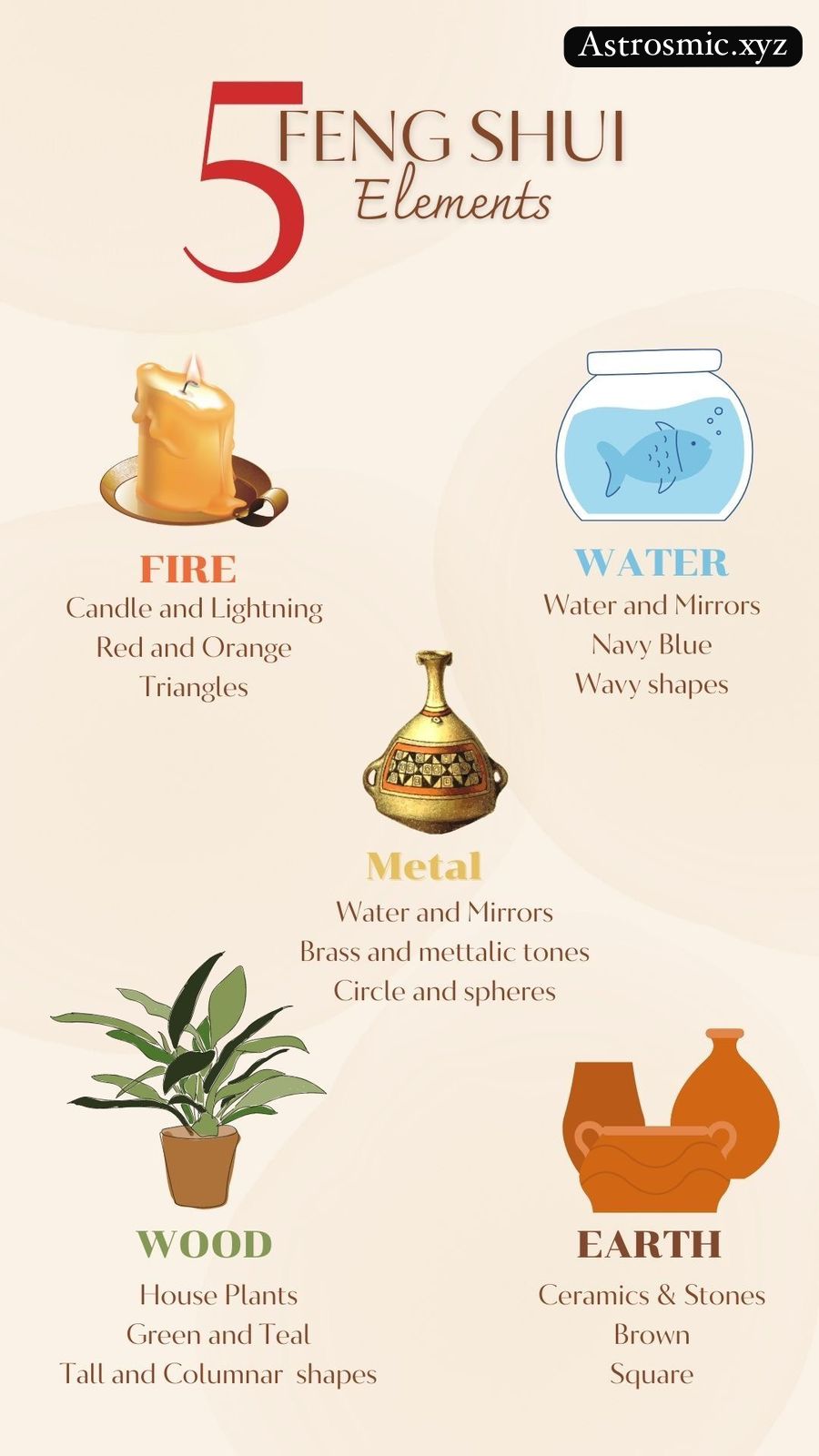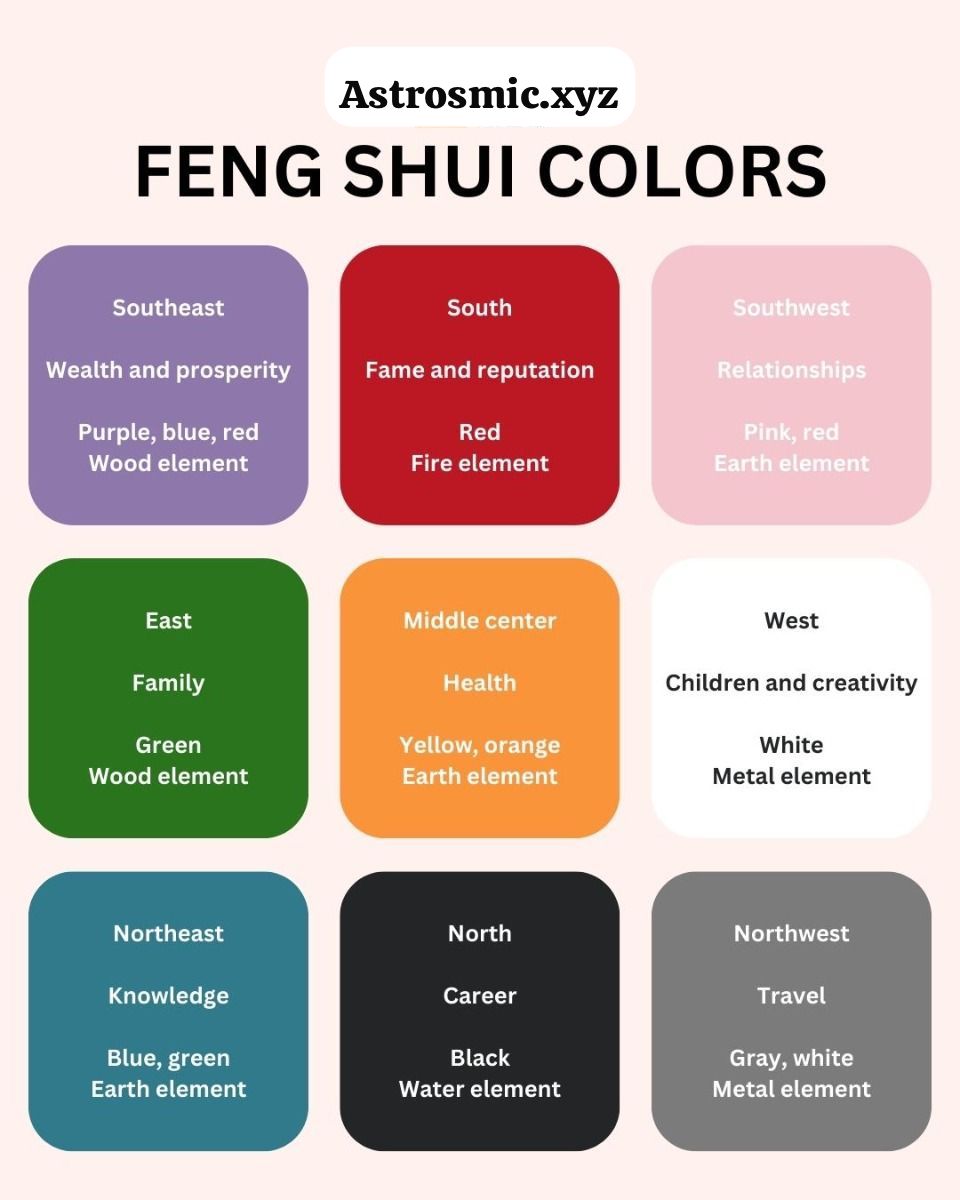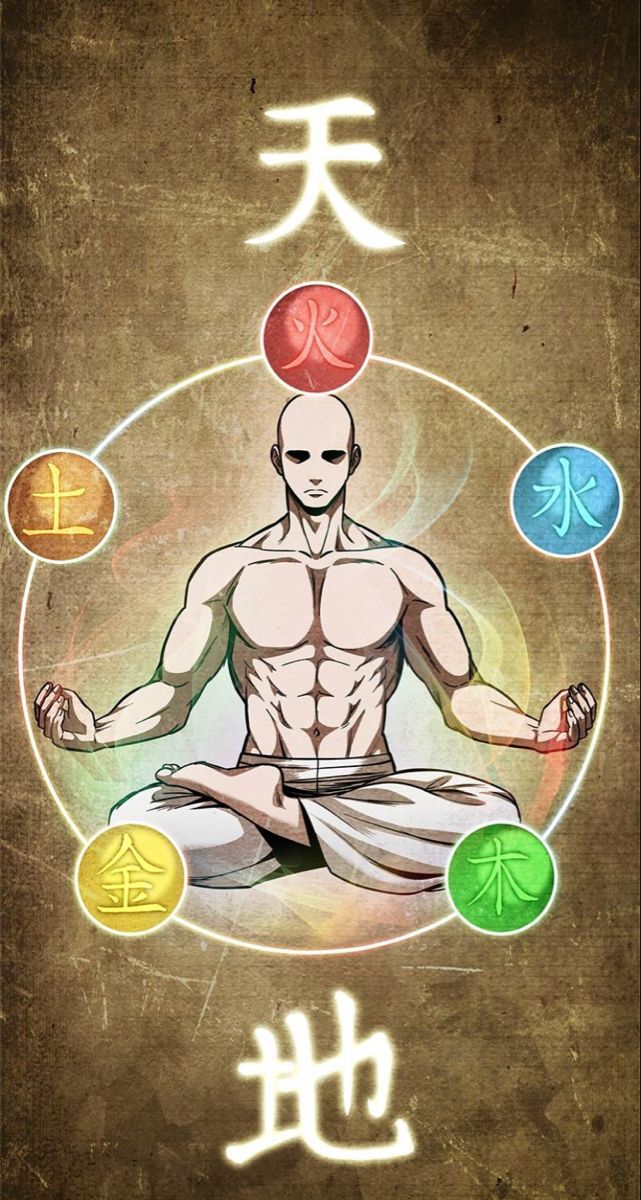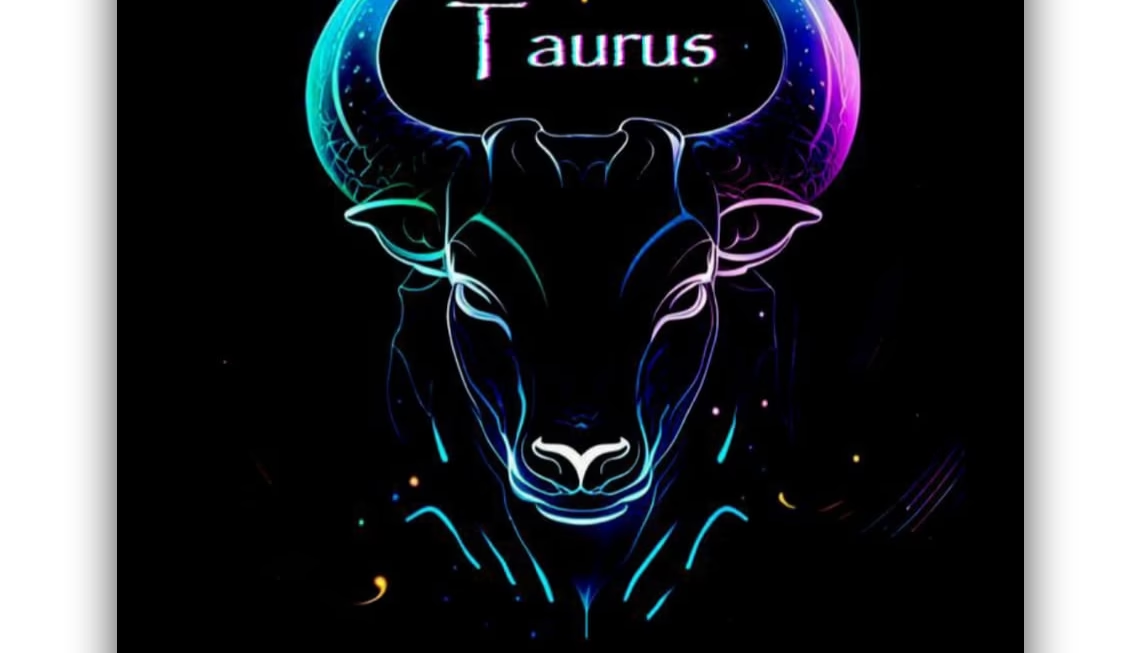The Ultimate Guide to Feng Shui
Introduction:- Have you ever walked inside a room & instantly felt at ease? Or, conversely, entered a space that left you feeling unsettled for no apparent reason? That’s the invisible power of Feng Shui at play. Originating in ancient China, Feng Shui is the art and science of arranging your surroundings to harmonize with the natural energy (Qi) around you. Whether you’re designing a home, an office, or simply rearranging furniture, understanding Feng Shui can help bring balance, prosperity, and happiness into your life.
How Work Feng Shui
Feng Shui works by harmonizing the energy, or Qi, in your environment to create a balanced and supportive atmosphere. It focuses on the arrangement of spaces, objects, and colors to align with natural energy flows. By considering elements like the Bagua map, which divides spaces into zones representing life aspects, Feng Shui helps channel positive energy into areas such as health, wealth, and relationships. Incorporating the five elements—wood, fire, earth, metal, and water—ensures equilibrium, while balancing Yin and Yang energy fosters peace and productivity. Ultimately, Feng Shui transforms your surroundings into a space that nurtures your goals and well-being.
The History of Feng Shui
Origins in Ancient China
Feng Shui dates back over 3,000 years to ancient China, where it was initially used to align tombs and ensure ancestors rested peacefully. Over time, it became integral to architecture and urban planning, with emperors and nobles using it to build palaces and cities.
Evolution Over the Centuries
Feng Shui principles evolved through dynasties, blending astrology, geography, and philosophy. Today, it has spread globally, finding relevance in modern homes and offices.
Core Principles of Feng Shui
The Concept of Qi
Qi (pronounced / Chee) is the life force energy that flow through Anything. In Feng Shui, the goal is to create an environment where Qi flows freely and positively.
The Five Elements
- Wood: Growth and creativity
- Fire: Passion and energy
- Earth: Stability and grounding
- Metal: Focus and precision
- Water: Flow and adaptability
Balancing these elements in your space is key to achieving harmony.
Yin and Yang Balance
Yin represents softness and calmness, while Yang embodies activity and brightness. A perfect balance between the two is essential for a harmonious space.
Bagua Map: The Blueprint of Feng Shui
What is a Bagua Map?
A Bagua map is an energy grid that divides your space into nine zones, each representing aspects like wealth, health, and relationships.
How to Use the Bagua Map in Your Space
Align the map with your home’s floor plan and enhance the corresponding areas with specific elements, colors, or decorations.

Feng Shui and Home Design
Entrance and Front Door Placement
The entrance is where energy enters your home. Keep it clean, bright, and welcoming.
Living Room Arrangement
Arrange furniture to promote conversation and ensure good energy flow.
Kitchen Feng Shui Tips
Place the stove in a position where you can see the door while cooking. Keep counters clutter-free.
Bedroom Feng Shui for Restful Sleep
Position your bed diagonally opposite the door but not in line with it. Use calming colors & Do Not Place your bed facing the mirror.
Bathroom Feng Shui Considerations
Keep the toilet lid closed to prevent energy from “flushing away.” Incorporate earthy tones for balance.
Feng Shui for Office Spaces
Desk Placement
Position your desk facing the door to welcome opportunities.
Creating a Productive Environment
Add plants and ensure good lighting to enhance productivity and energy.
The Role of Colors in Feng Shui
Colors influence the flow of energy. For instance, Red Color symbolizes energy & passion, and that same blue color represent calmness & peace. Use colors in the place that match our purpose.

Using Feng Shui to Attract Wealth and Prosperity
Setting Up a Wealth Corner
Locate the southeast corner of your space and decorate it with green and gold elements, along with symbols of prosperity.
Items That Boost Financial Energy
Use items like a money plant, a fish tank, or a wealth bowl to attract abundance. The Mystical Meaning of 11:11
Feng Shui and Relationships
Enhancing Love and Romance
Place items in pairs, like two candles or two cushions, in the southwest corner of your space to symbolize partnership.
Practical Feng Shui Tips for Beginners
- Declutter your space—it’s the easiest way to improve Qi.
- Add plants to bring life and fresh energy.
- Use mirrors strategies to increase spaces and reflect positive & calmness energy. Law of Attraction: A Complete Guide
Conclusion:- Feng Shui is more than just interior design—it’s a way to align your life with the energy of the universe. By applying its principles, you can create a space that nurtures your well-being, attracts prosperity, and fosters harmonious relationships.
Specific Career-Oriented Angel Numbers Introduction



